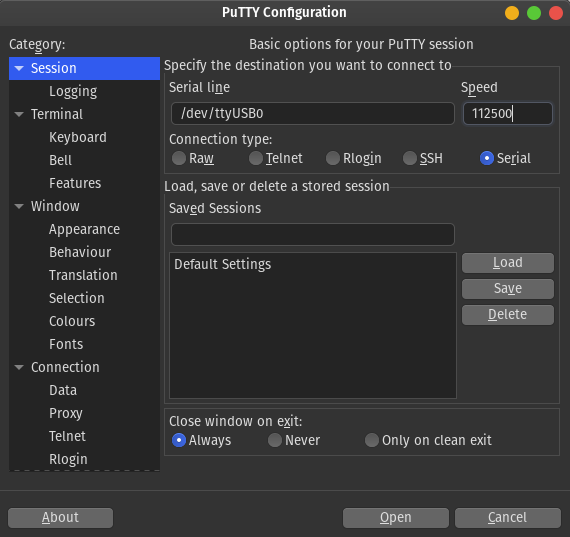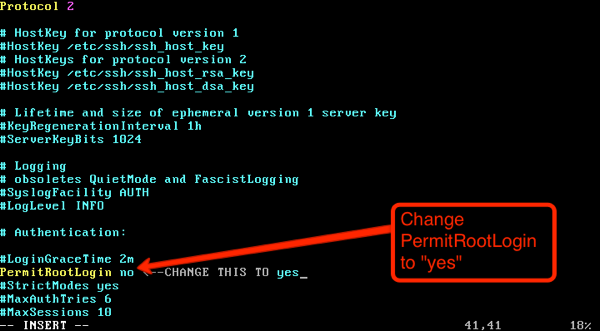

To do this you have to ensure Plink is using the SSH protocol. More typically Plink is used with the SSH protocol, to enable you to talk directly to a program running on the server. This allows you to use public-key authentication, specify a user name, and use most of the other features of PuTTY:Īuthenticating with public key login: Thu Dec 6 19:25:33 2001 from Using Plink for automated connections If you have already set up a PuTTY saved session, then instead of supplying a host name, you can give the saved session name. In order to connect with a different protocol, you can give the command line options -ssh, -telnet, -rlogin or -raw. Interactive connections like this are not the main point of Plink. So if you run any full-screen applications, for example, you can expect to see strange characters appearing in your window. The output sent by the server will be written straight to your command prompt window, which will most likely not interpret terminal control codes in the way the server expects it to. You should then be able to log in as normal and run a session. To make a simple interactive connection to a remote server, just type plink and then the host name: Once this works, you are ready to use Plink. N don't start a shell/command (SSH-2 only) s remote command is an SSH subsystem (SSH-2 only) i key private key file for authentication 1 -2 force use of particular protocol version The following options only apply to SSH connections: load sessname Load settings from saved session ("host" can also be a PuTTY saved session name) PuTTY Link: command-line connection utility
PUTTY SSH CONSOLE HOW TO
This tells you the version of Plink you're using, and gives you a brief summary of how to use Plink: Once you've got a console window to type into, you can just type plink on its own to bring up a usage message. This section describes the basics of how to use Plink for interactive logins and for automated processes.
PUTTY SSH CONSOLE WINDOWS
On Windows 95, 98, and ME, you will need to edit your AUTOEXEC.BAT to include a set command like the one above. To set your PATH more permanently on Windows NT, use the Environment tab of the System Control Panel. This will only work for the lifetime of that particular console window. Set PATH=C:\path\to\putty\directory %PATH% To add the directory containing Plink to your PATH environment variable, type into the console window:


In order to use Plink, the file plink.exe will need either to be on your PATH or in your current directory. It should be available from the Programs section of your Start Menu. In Windows 95, 98, and ME, this is called an ÿMS-DOS Promptÿ, and in Windows NT and 2000 it is called a ÿCommand Promptÿ. This means that you cannot just double-click on its icon to run it and instead you have to bring up a console window. Plink is probably not what you want if you want to run an interactive session in a console window. It is mostly used for automated operations, such as making CVS access a repository on a remote server. Plink (PuTTY Link) is a command-line connection tool similar to UNIX ssh.


 0 kommentar(er)
0 kommentar(er)
